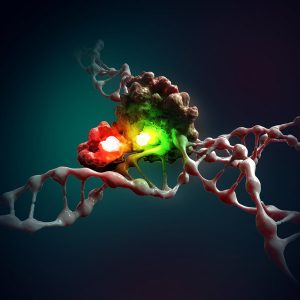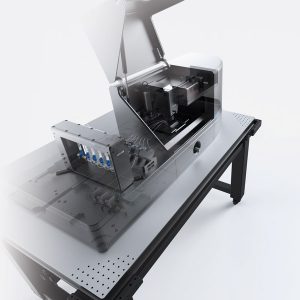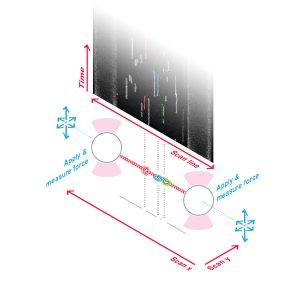Lumicks Dynamic Single-Molecule Analysis Systems
Mission
Lumicks mission is to improve human health by unlocking the power if Dynamic Single-Molecule (DSM) analysis. This technology offers unparalleled insights into the fundamental causes of diseases and the potential to optimise drug formulations for the treatment of these diseases. DSM technology allows researchers to understand biological processes at the molecular level and, thus enhancing their understanding of functional physiological processes.
What is Dynamic Single-Molecule Analysis
All biological processes take place at the molecular level. This includes diseases and the drugs used to treat them. Consequently, researchers must develop an understanding of biological behaviour at the molecular level to best be able develop treatments for diseases.
Most existing analytical tools in life science that work at the molecular level are restricted to measuring static structures or average binding kinetics. This precludes them from observing dynamic protein behaviours which can be complex and critical to formulating a solution
DSM provides researchers with the ability to observe crucial dynamic and functional mechanistic information and is the ideal compliment to other techniques such as protein structure crystallography and ensemble average kinetics (SPR).
What does Dynamic Single-Molecule Analysis Measure?
DSM allow you to measure such things as:
- Protein folding and conformational changes
- Manipulation and force-displacement measurements with Angstrom precision
- Single protein live imaging
Applications of Dynamic Single-Molecule Analysis
DSM is suited to many areas of research in the areas of medicine and pharmacology such as:
- DNA/RNA-protein interactions
- Protein folding and conformational changes
- Cellular structure and transport
- Drug research and drug development
- Immunology
Lumicks Solutions
The Lumicks DSM solutions are based upon microscope-based optical tweezer systems with microfluidics based on Dynamic Single-Molecule (DSM) analysis. They offer extremely high force sensitivity (<0.1 pN) and stability with ultra-fast sensors for the analysis of single molecule events involving DNA, RNA and proteins by measuring or manipulating precise structural changes.
They enable researchers to study dynamic biomolecular processes in real-time with unprecedented levels of detail, potentially unlocking cures to diseases.






